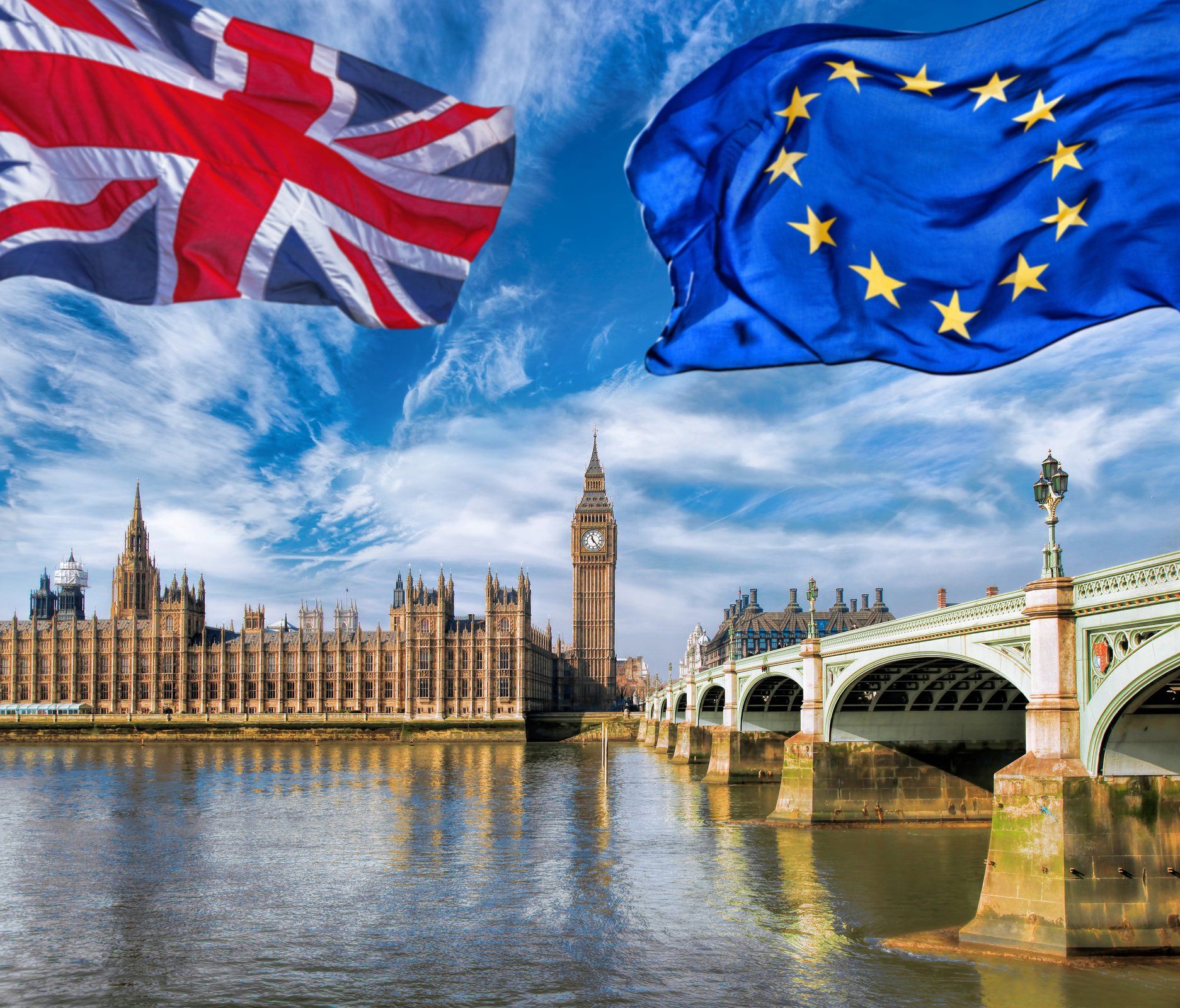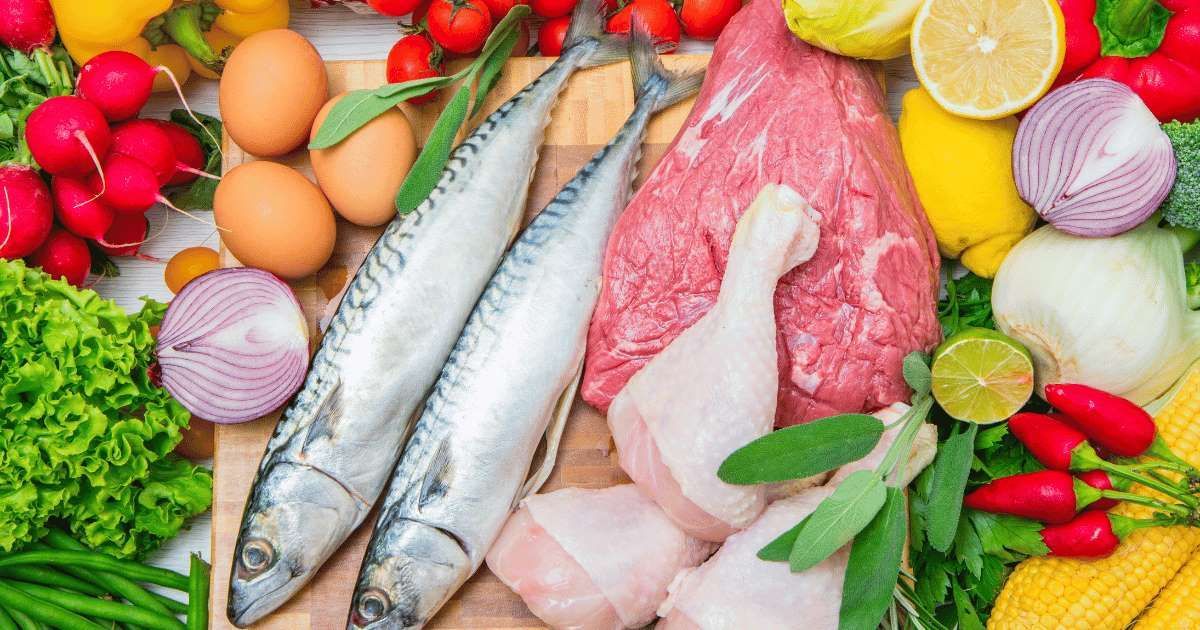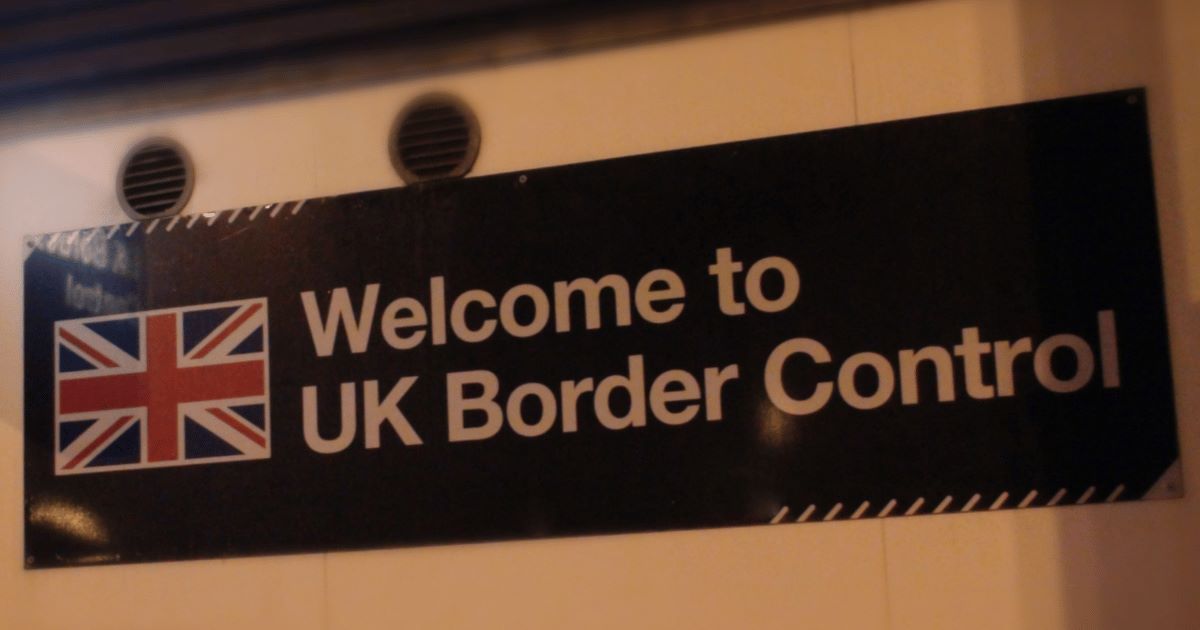Post-Brexit Trading
Following Brexit, many companies based in the United Kingdom (UK) continue to experience challenges transporting goods to, through or within the European Union (EU). These companies have seen a considerable increase in administrative burden and additional shipping costs, as well as less reliable supply chain services between the UK and EU. Post-Brexit relations between the EU and UK have improved in most cases since the initial impact of Brexit, however there are still challenges that persist, which can be complex and costly.
The Trade and Cooperation Agreement (TCA) contains provisions that ensure there is a level playing field for companies based in the EU and in the UK. However, companies are subject to more stringent conditions when transporting goods within the UK and the EU.
As a post-Brexit solution, some UK companies have setup distribution hubs or subsidiary businesses within the EU, which has reduced the bureaucracy and lowered costs. Conversely, the establishment of an overseas company or subsidiary could have an impact on the finances and tax position of their UK parent company and Transfer Pricing may come into play.
UK companies continue to import goods from suppliers in the EU and then export these goods back to their customer base within the EU. These companies have the challenges of crossing the EU / UK border twice and completing customs documentation, customs clearance and establishing importers of record and exporters of record in accordance with business establishment requirements.
Companies could consider a different business model and other solutions to optimise their supply chains, removing unnecessary transportation across the EU / UK border and reducing costs. Cross-Trade, EU Triangulation and Cabotage within the UK and EU are possible solutions to be considered.
What is EU Triangulation? | What is Cabotage? | What is Cross-Trade? |
Cabotage and Cross-Trade |
Cabotage Documents |
Post-Brexit Blog
What is Cross-Trade between Great Britain and EU?
Cross-trade is loading goods in one country and unloading them in another country, with a vehicle registered in a third, different country. Since Brexit, British companies are increasingly using cross trade shipping to move their goods between countries within the EU resulting in reduced costs, removal of unnecessary movement of goods and improved delivery timelines.
Cross-Trade Example
A British company uses a contract manufacturer in Germany to make
goods which they then sell to a customer in Sweden. The use of a cross-trade sale allows for the goods to be shipped directly to Sweden from Germany without the need to import them into Great Britain for reexport back into the EU.
What is EU Triangulation?
Triangulation involves the supply of goods between three Value-Added Tax (VAT) registered traders in three different European Union (EU) Member States. The tax authorities within the EU introduced a simplification measure to reduce the administrative and compliance burdens on traders using triangular transactions. This simplification measure can be utilised if all three traders involved are VAT registered within the European Union.
Post-Brexit, the UK is no longer part of the EU and companies in Great Britain (GB) are unable to use the simplification process, because triangulation needs all three parties to be within member states of the EU. However, a GB company is not necessarily excluded. The GB company can become VAT registered somewhere within the EU and this can be achieved by appointing an EU fiscal representative to deal with the VAT compliance.
Triangulation Example
A business in France buys goods from a manufacturer in Germany and has the goods shipped directly from Germany to their customer in Poland.
What is Cabotage within the UK and EU?
UK hauliers are allowed to undertake up to 2 additional laden journeys within the EU after a laden international journey from the UK as per the Trade and Co-operation Agreement (TCA) between the UK and the EU.
The UK Department for Transport state that Cabotage is loading and unloading goods within one country, with a vehicle registered in another country. The European Commission state that the haulier is only allowed to start performing cabotage operations in a Member State if he or she has previously carried out an international carriage, i.e., cross-border transport. This carriage may have its origin in a different Member State or in a third country, such as Great Britain.
UK operators established in Northern Ireland may carry out two cabotage journeys within the Republic of Ireland and this is covered by an exception is built into the TCA.
Businesses with their own fleet may consider the utilisation of cabotage after the initial international delivery has been made, therefore offsetting some the international shipping costs.
Cabotage and Cross-Trade
The UK Department for Transport state that a vehicle operator can carry out a limited number of cabotage and cross-trade jobs in an EU country if you’re a UK haulier with an UK Licence for the Community. The jobs must follow a journey where goods were transported from the UK. The UK vehicle operator can carry out up to 2 haulage jobs within the EU after dropping off goods from the UK. Only one of the jobs can be cabotage. The UK vehicle operator must declare that they will be doing cabotage or cross-trade jobs via the EU portal. Declaring the details of the job is known as making a ‘posting declaration’. There are no fees for making a posting declaration.
EU operators must follow the same rules if they are transporting goods between 2 points in the EU and the UK for commercial purposes. The EU operator will also have to comply with UK driver’s hours rules and the UK minimum wage rules.
Documents for a Cabotage Job
The UK Department for Transport state that when carrying out cabotage jobs in the EU the haulier must have documents with them to show the following:
- The name, address and signature of the sender and haulier.
- The place and the date you picked up the goods.
- The place you are delivering to.
- The name, address and signature of the international consignee with the date of delivery.
- A description of the goods, the method of packing, the number of packages and their special marks or numbers.
- The gross mass of the goods or their quantity.
- The number plates of the vehicle and trailer.
The driver also needs the usual:
- Vehicle and trailer documents.
- Driver documents - including tachograph records.
- Digital or physical copies of the posting declarations for the jobs.
- Export documents - including an electronic consignment note (e-CMR) or a paper CMR.
Post-Brexit Blogs
Please get in touch about Cabotage, Cross Trade and Triangular Shipping
If you would like more information concerning Cross-Trade and our support services. Please contact us.




